Picking locks has been a maligned skill for far too long. The common belief is that lock-picking is a skill that only criminals would have, yet rarely do actual criminals ever take the time and care to pick a lock. They kick in doors, break windows, and show a general disregard for property, since they’re only interested in the goods stored inside. Lock-picking is actually used by clandestine government operatives who don’t want their presence to be known, by professionals who want to gain entry without damage, and by ordinary people who sometimes find themselves locked out of their own home who don’t want to pay the exorbitant fees of a locksmith.
Being able to pick locks won’t make you a criminal, but it will certainly allow you the confidence of knowing that should you, a friend, family member, or loved one ever need to get through a locked door, you’ll be able to provide a useful service. You may also need to check on an elderly or infirm person who may be hurt or in need of help.
Lock-picking is also an enjoyable hobby that requires concentration, focus, manual dexterity, and will teach you how to make your home safer and more secure from the actual criminals of the world. It can also make you a little extra money, both by helping others and through competition should you become skilled enough.
For the purposes of this guide we will be focusing on pin tumbler locks, since those are the most common type of locks around the world. The doors in your house or apartment likely have locks of this type, as will most bike locks and security chains.
A Note On The Legality of Lock Picks
Most states allow anyone to own a set of lock picks, since they are a harmless tool. They will, however, become illegal if you’re using them to try to enter a home in a criminal way. In some areas having a set of picks on your person may require that you are able to prove you were carrying them for professional, personal, or helpful purposes and not with the intent to commit a crime.
Make sure you know your local laws before you go out into the night with picks in hand or in pocket, lest you find yourself compelled by the police to answer uncomfortable questions.
Get Your Gear
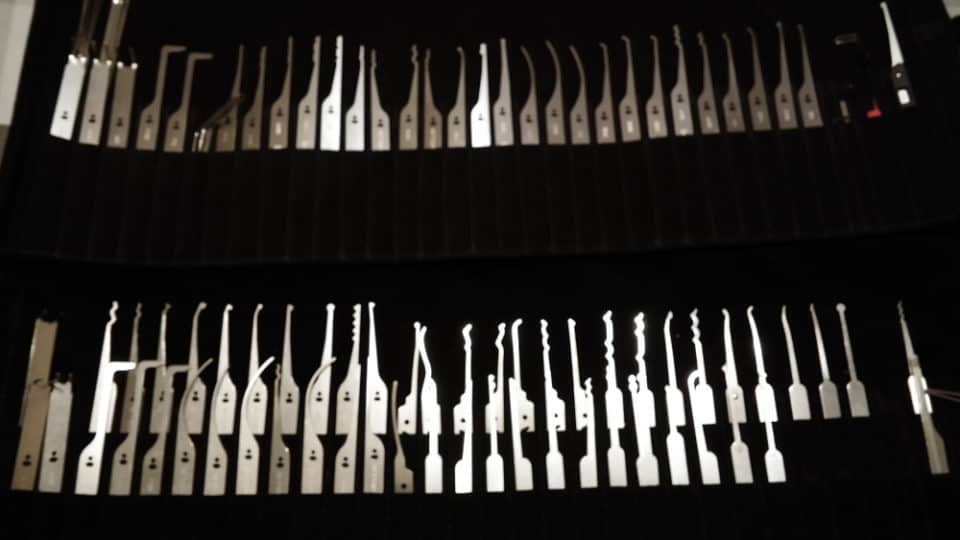
Obviously you can’t pick most locks with your fingernail, which means you’ll need a lock picking set. Don’t try to use bobby pins à la Fallout, or paper clips. They generally won’t work, and even if they do, learning with them will require many frustrating hours digging at a lock. Ordering up a set of professional picks is best, as they are built specifically to handle the stresses that picking requires.
Any lock pick set you buy should have a tension wrench, a rake, and a set of picks.
Tension wrench
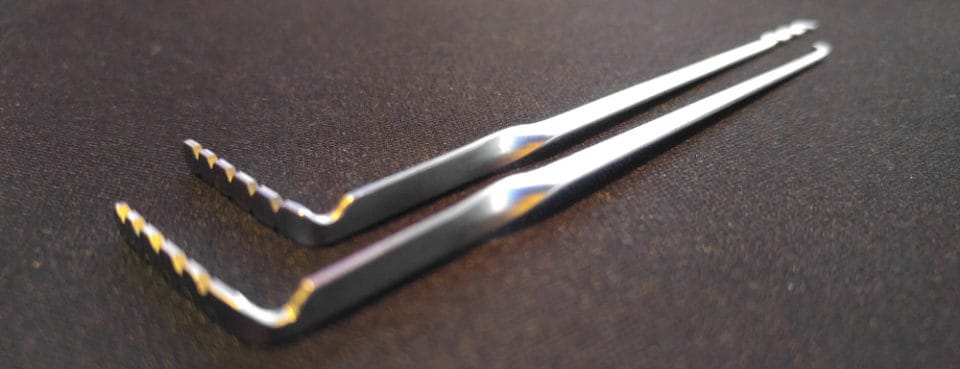
Used to put slight tension on the lock, a tension wrench fits into the bottom of a tumbler lock and keeps tumblers from falling back into place. Without a tension wrench, you can pick all day and not get anywhere, because the tumblers will fall back into place.
Rake

Technically just another pick, a rake is given a special designation because it works differently than other picks. Using a jagged, saw-edge it is used to “rake” across the pins of a tumbler lock with the hope of getting a few of them – or all of them – to stick in the opening position. Running a rake through a basic lock a few times is often all that is needed to get it to open. Most pick sets have multiple rakes of varying sizes and shapes. You run each one through the lock you’re trying to pick, and that’s often enough to get the lock open.
Picks
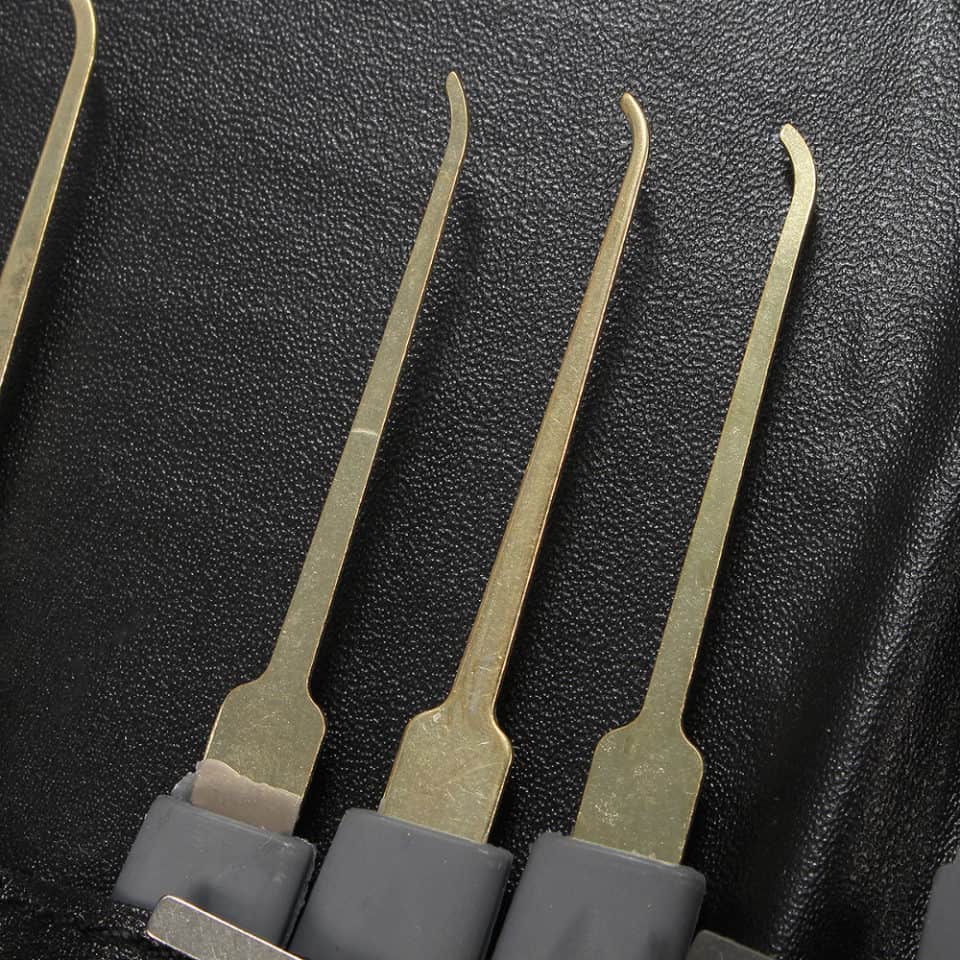
This can range from a basic set of 3 picks to an essentially unlimited number. 12 or 24 are the most common sizes of sets.
Learn a Little
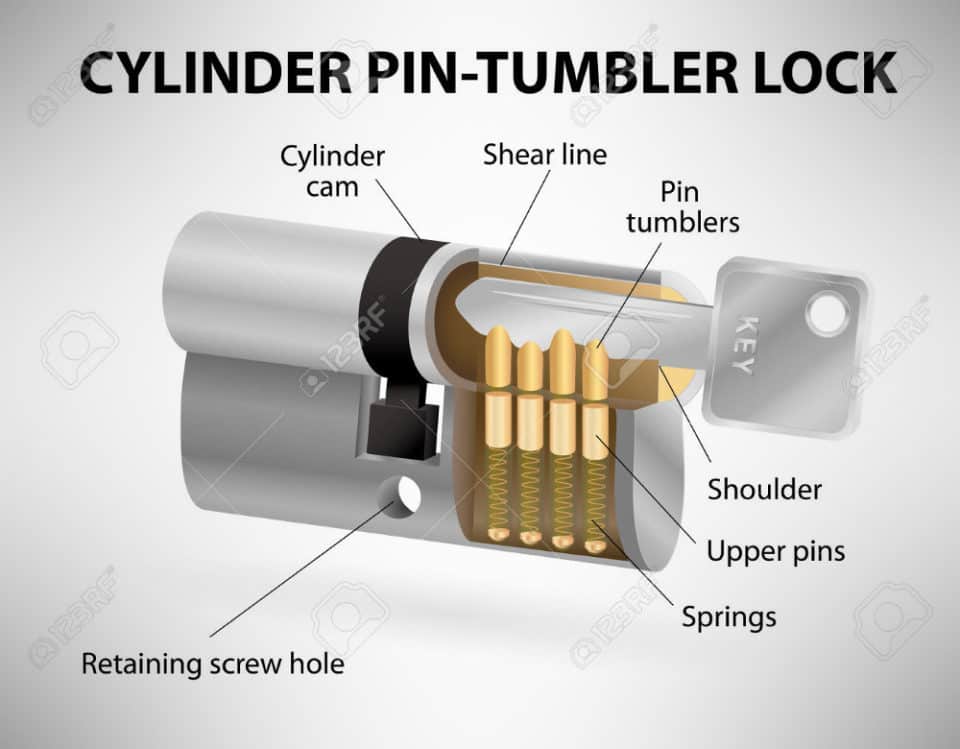
Since lock-picking tends to be technical, it helps to know the jargon associated with it. This diagram of the parts of a lock should give you reference if you get confused about any of the words being used.
Insert Tension Wrench
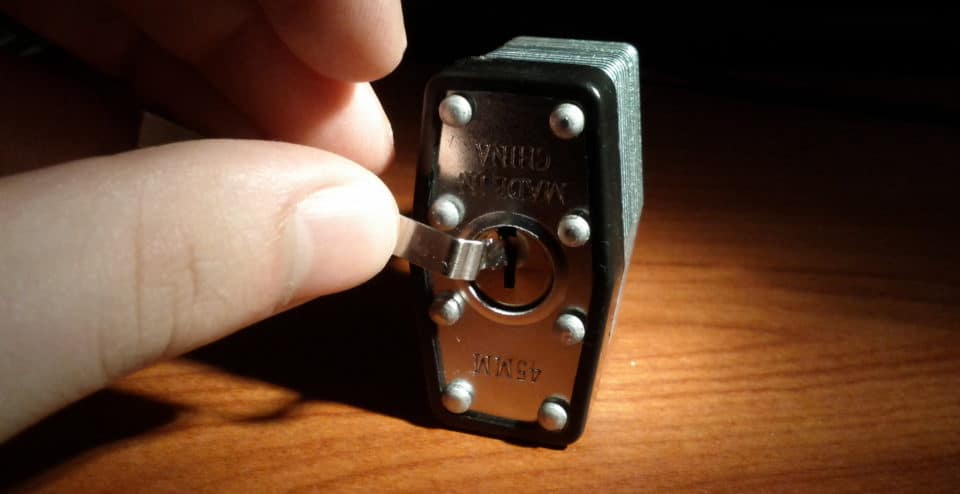
The first step you need to accomplish is slipping the tension wrench into the bottom of the lock, where the base of the key would go.
Apply Pressure
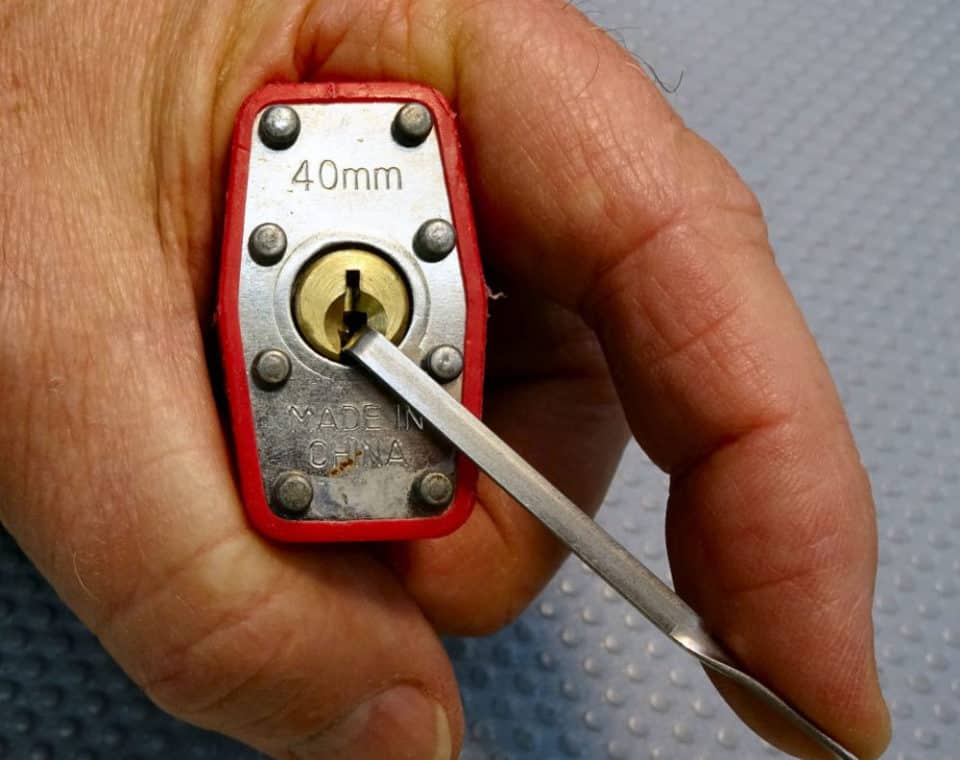
Once the wrench is in, you should apply slight – emphasis here on slight – pressure to the wrench. Usually you want to use your off-hand to do this. If you’re right-handed, apply pressure with your left. If left-handed, apply with the right. You should be attempting to turn the tension wrench the same way you would a key if you had a key for the lock. The point of this is to allow the pins that hold the lock closed to catch when you pick them. Without pressure, they just drop back into place, leaving the lock closed.
Scrub

Here’s where the rake or rakes come into play. You carefully insert your rake into the lock just above the tension wrench until it reaches the back of the lock. Then, you move it back toward you while pressing it gently upward toward the top of the lock. What you are doing is pushing the internal pins up, trying to get them to line up the way they would with a key.
If you have the proper tension – not too much, not too little – on the lock, when a pin is lifted properly, it will catch on the lock and hold.
This process of inserting the rake and moving it back and forth through the lock is called “scrubbing” and is usually all that is required to get most locks to open.
If you’ve scrubbed several times with one rake and aren’t yet getting the lock to open, try another rake and repeat. This will usually get a lock to open.
Single Pick

If you’ve found a stubborn lock that won’t open even after you’ve scrubbed it several times with all your rakes, then you may need to go for a single pin pick. This is where lock-picking really gets tricky.
After being raked several times, most of the pins should be in the right position, leaving only one or two that haven’t gotten with the program. Using a single pick, you insert it the same way you did your rake(s), then seek out the pin or pins that need to be pushed up. When you locate them – and this is done entirely by feel – you simply lift them up until they catch.
All of this is a matter of tactile response, since you won’t be able to see what you’re doing.
Using the single pick, you must get all the wayward pins to fall into line.
Open
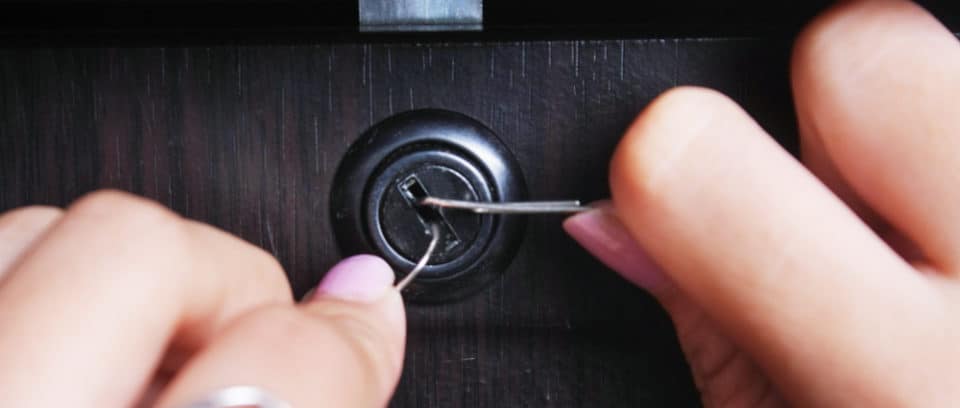
Once you’ve gotten all the pins in place, the tension you’ve been holding on the wrench this entire time will turn the lock. You can then open the door.
Repeat, Repeat, Repeat

Since picking locks is done entirely without the use of your eyes, you must practice as much as possible on as many locks as possible to train yourself on how the pins feel when they catch, how much tension to apply to the wrench, and especially how to find a pin with your single pick and lift it gently into place. The best way to practice is often with a key lock while you sit on your couch. Pick it over and over, teaching your hands the feel of each movement so that when you need to do it in the real world, you can trust your instincts.
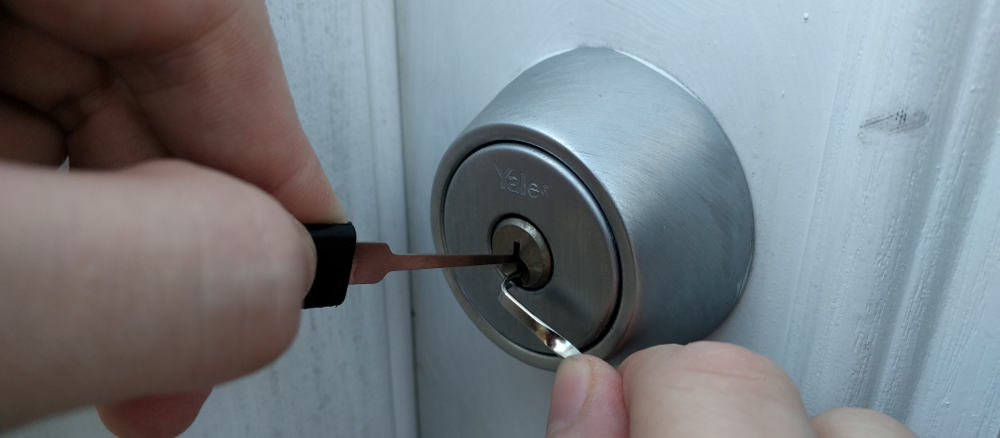
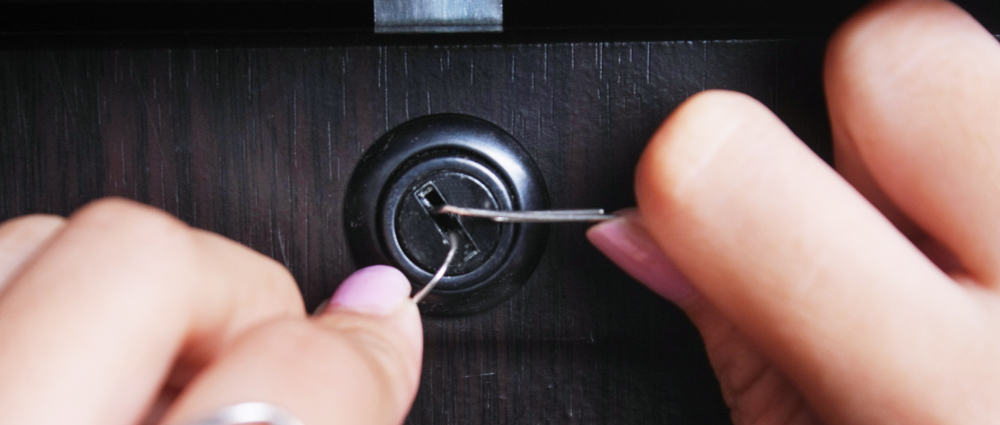
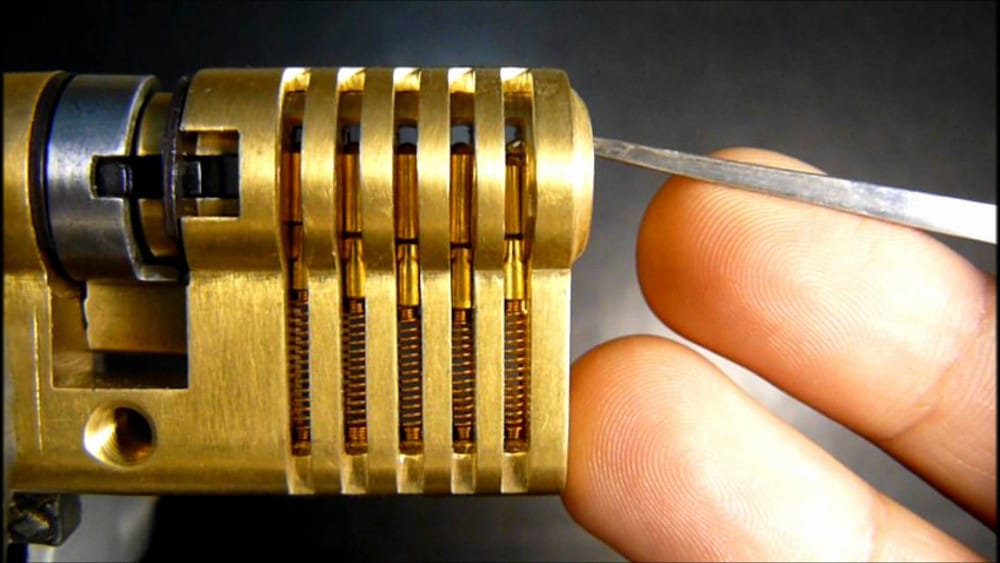
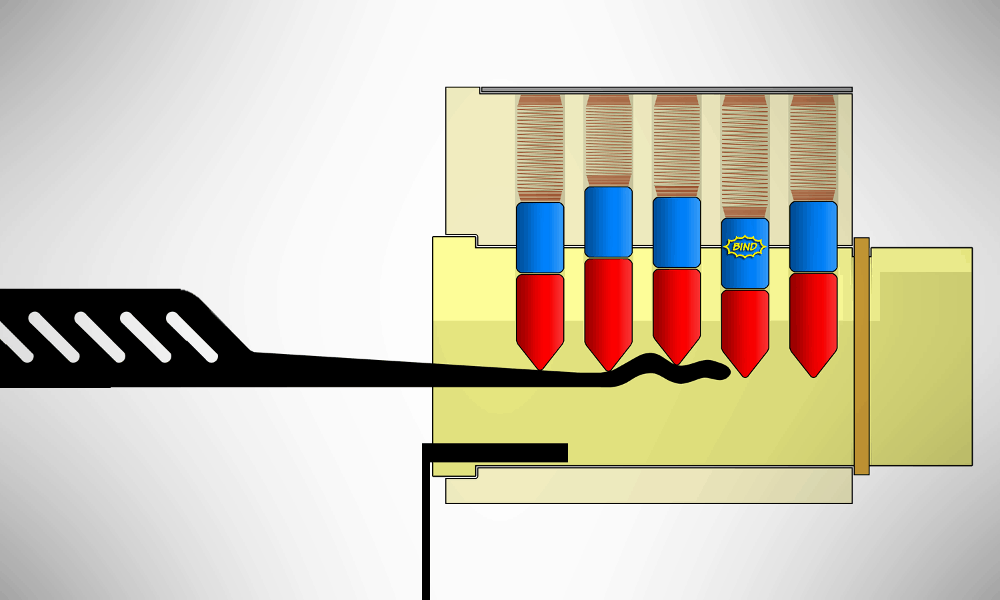
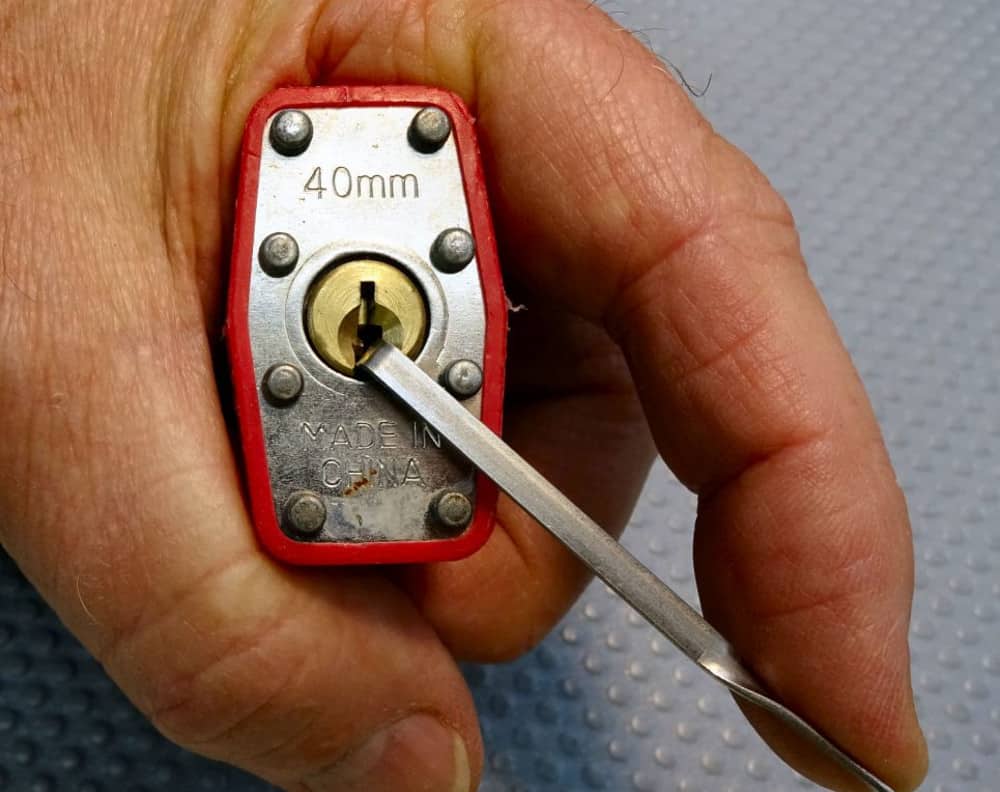
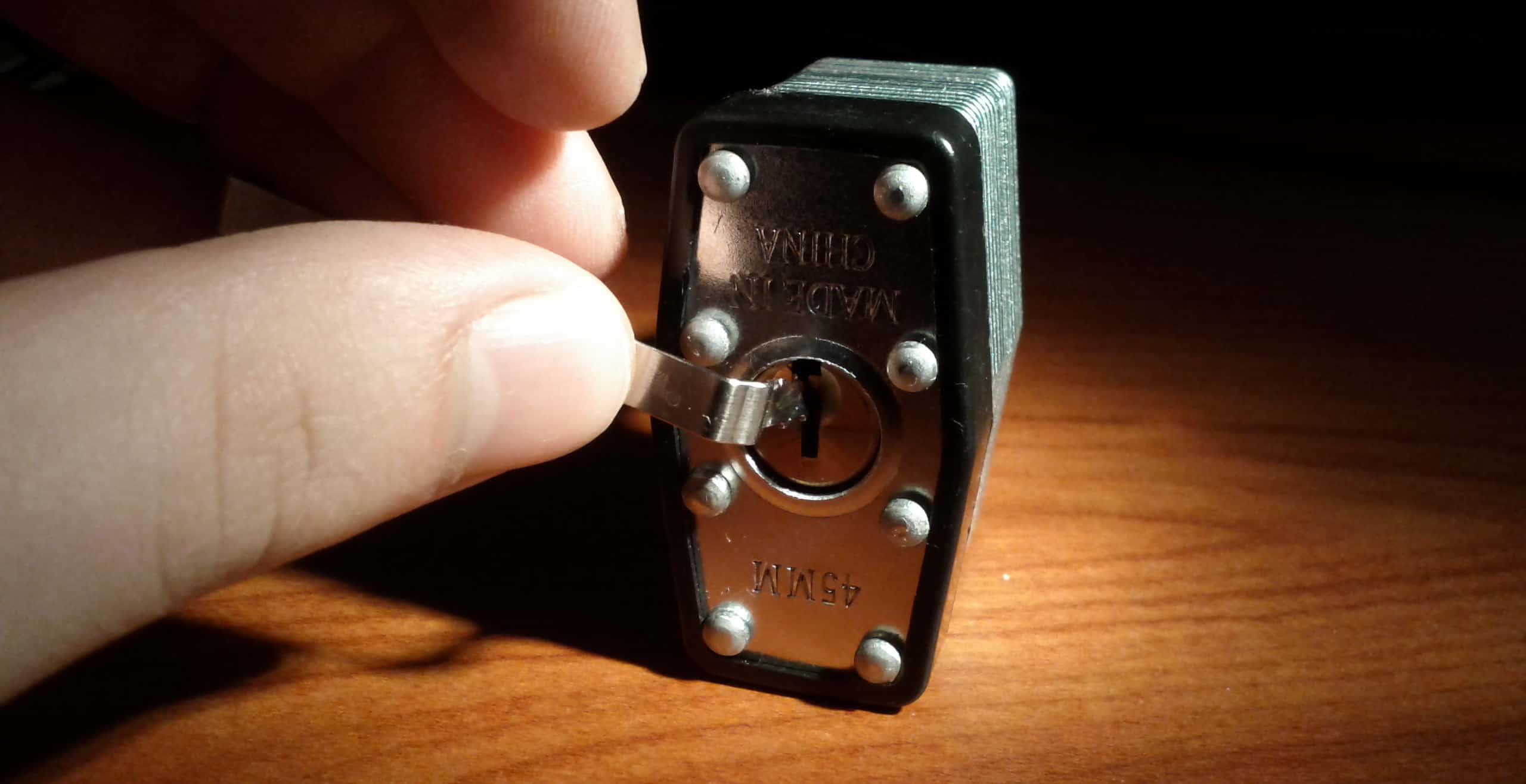
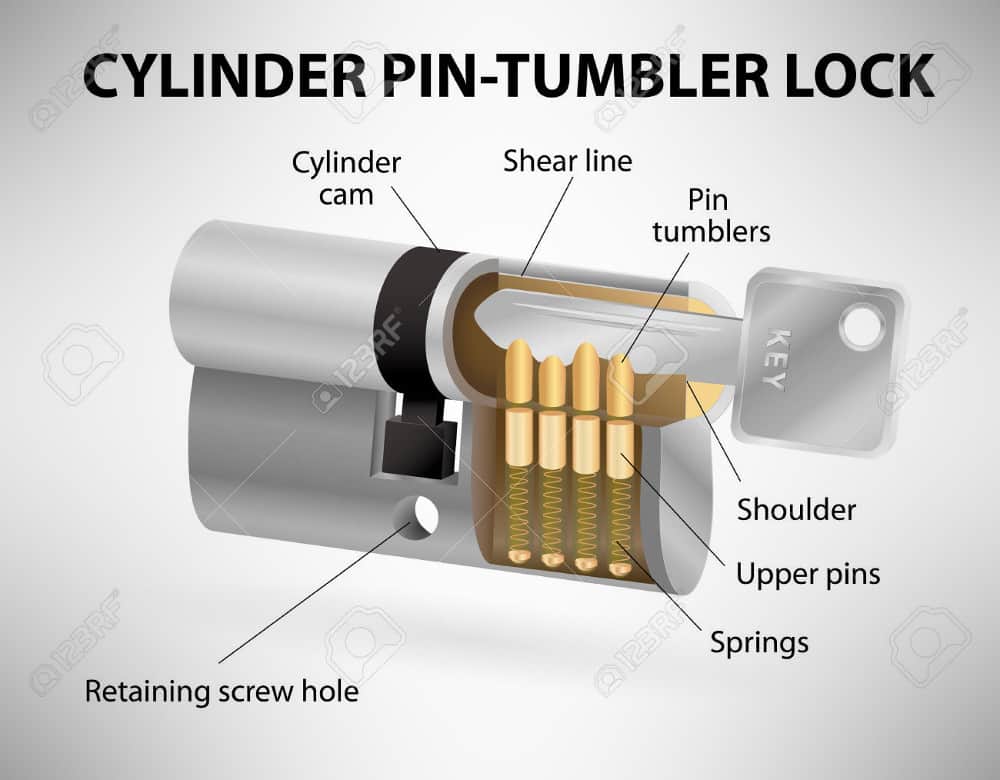
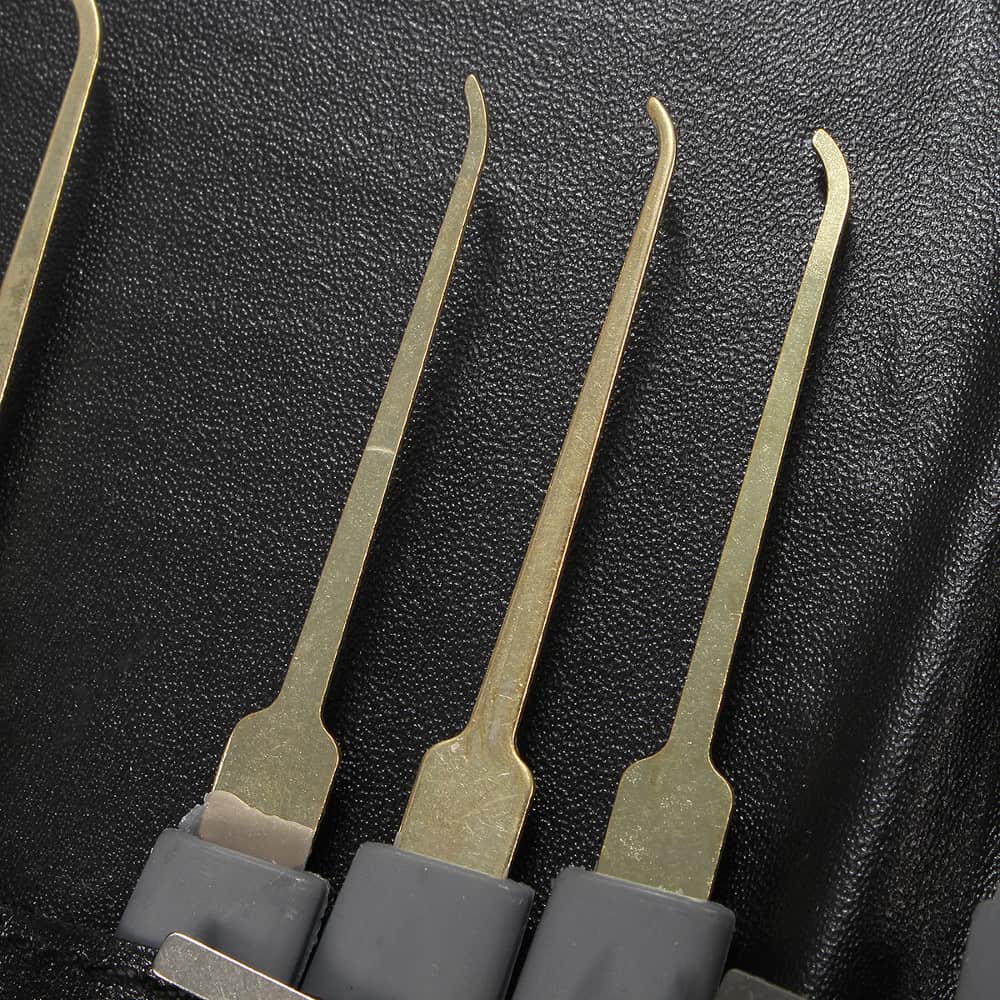

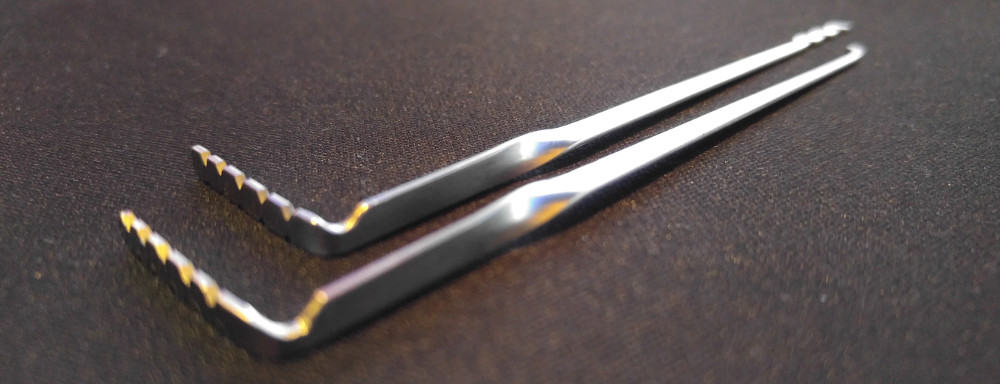
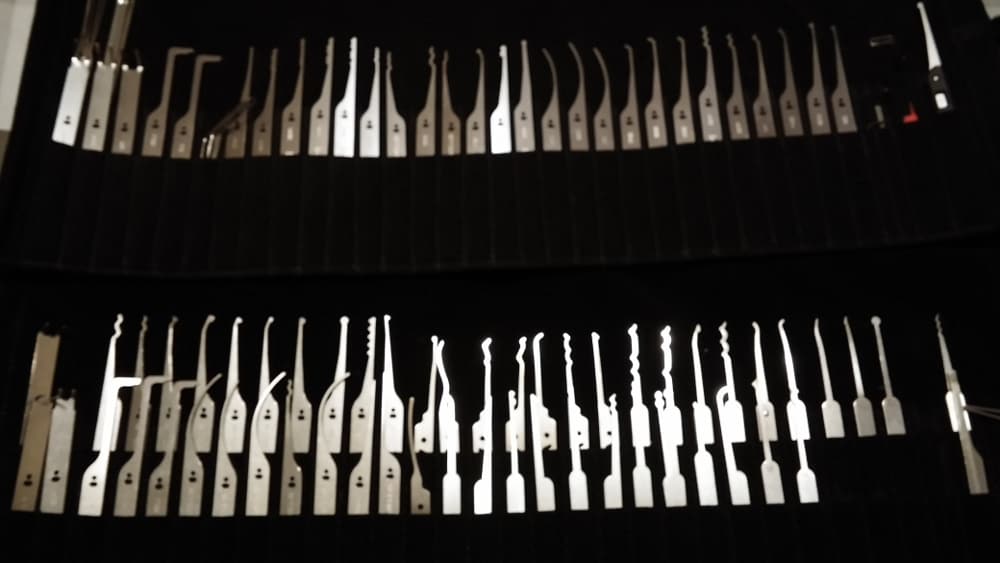





One of the simplest ways to open a lock without a key is to use a lock picking rake. Lock rakes come in a variety of patterns on the market.
Metal paperclips can be used instead of a lock rake if you don’t have one.
This is a great post on the use and purchase and use of lock picking. Please read and use legally.
it is very good post
theuniversityresults